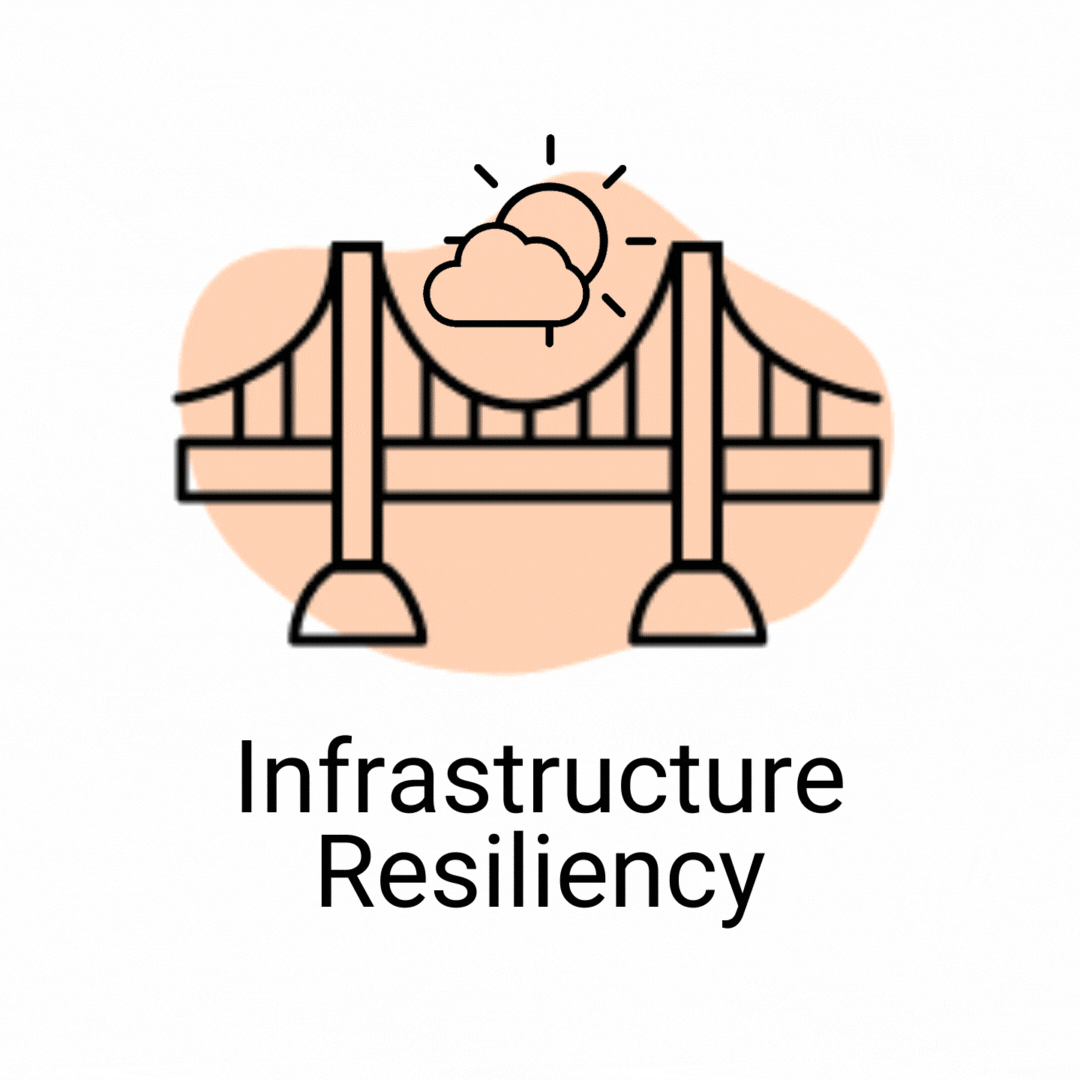Overview
Cement, the primary binding agent in concrete, accounts for up to 7 percent of global carbon dioxide emissions, according to the International Energy Agency, due to its widespread use and energy-intensive production. Yet solutions for reducing such emissions have not been widely deployed. In response to this gap, the Port Authority of New York and New Jersey (PANYNJ) launched an industry-leading Clean Construction Program, laying out initiatives to make PA construction processes more sustainable. Now, the agency is delivering on one of those key initiatives with the launch of a new Low Carbon Concrete Program.
In 2019, PANYNJ selected C2SMART as an academic institution to advise on engineering projects on an on-call basis, and brought the Center onboard the LCC Pilot Program develop and test new, low-carbon concrete mixes. The program is designed to lead the industry as a whole towards the use of more sustainable concrete.
Research Objectives
The project seeks to further reduce the carbon content of PANYNJ’s concrete mixes (which already have a comparatively low carbon intensity). The pilot is expected to yield additional options for reducing the embodied carbon of our projects while maintaining or enhancing performance.
The first task will be to evaluate the carbon intensity of PANYNJ’s concrete mix designs utilized in four applications: 1) Category I: Full Depth Pavement, 2) Category IV: Bridge Deck, 3) Category V: Structural applications exposed to freeze and thaw, and 4) Category VI: Structural applications not exposed to freeze and thaw.
The evaluation process is intended to quantify the carbon emissions of different constituent materials, including cement type, supplementary cementitious materials (SCMs), aggregate type, and more.






